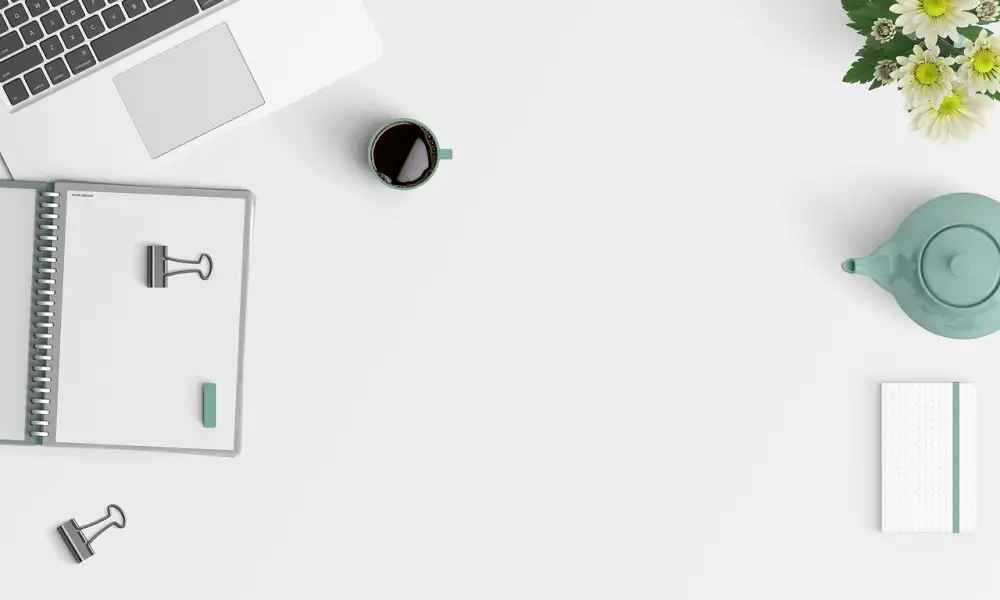Shine Bright: Master the Art of Cleaning Stainless Steel Like a Pro!

- Gather materials: white vinegar, microfiber cloth, dish soap, warm water.
- Mix equal parts vinegar and water in a spray bottle.
- Dampen cloth with the solution and wipe the stainless steel surface.
- For tough stains, apply undiluted vinegar directly on the spot.
- Rinse with warm water and dry with a clean cloth to prevent water spots.
- For extra shine, apply a few drops of olive oil on a cloth and buff the surface.
- Avoid abrasive cleaners or scrubbing pads to prevent scratches on the stainless steel.
Gather materials: white vinegar, microfiber cloth, dish soap, warm water.
To begin mastering the art of cleaning stainless steel like a pro, the first step is to gather your materials. You will need white vinegar, a microfiber cloth, dish soap, and warm water. These simple yet effective items are essential for achieving a sparkling finish on your stainless steel surfaces. White vinegar is a natural cleaner that helps break down grime and grease without damaging the metal. The microfiber cloth is gentle enough to use without leaving scratches, while dish soap and warm water provide an extra cleaning boost. With these basic supplies in hand, you are ready to transform your stainless steel into a shining masterpiece.
Mix equal parts vinegar and water in a spray bottle.
To effectively clean stainless steel like a pro, start by mixing equal parts white vinegar and water in a spray bottle. This solution is gentle yet powerful enough to remove dirt and grime without damaging the surface. Vinegar's acidic properties help break down stubborn stains while being safe for food preparation areas. Once the mixture is ready, you're one step closer to achieving that sparkling finish on your stainless steel appliances or cookware.
Dampen cloth with the solution and wipe the stainless steel surface.
To clean stainless steel like a pro, start by dampening a microfiber cloth with a solution of equal parts white vinegar and water. Gently wipe the stainless steel surface in the direction of the grain to remove dirt and grime effectively. The mild acidity of vinegar helps break down grease and stains without damaging the metal. This method is eco-friendly, cost-effective, and safe for food preparation areas. Remember to rinse the surface with warm water after cleaning to remove any residue and dry it thoroughly to prevent water spots from forming.
For tough stains, apply undiluted vinegar directly on the spot.
For tough stains on stainless steel surfaces, it's best to apply undiluted vinegar directly onto the stubborn spots. Vinegar's acidic nature helps break down grime and residue effectively. Let the vinegar sit on the stain for a few minutes to allow it to work its magic before wiping it clean with a damp cloth. This method is particularly useful for tackling grease buildup or water spots that may be challenging to remove with just a diluted solution. Remember to rinse the area thoroughly after cleaning to ensure no vinegar residue is left behind.
Rinse with warm water and dry with a clean cloth to prevent water spots.
After wiping the stainless steel surface with the vinegar solution, it is essential to rinse it thoroughly with warm water. This step helps to remove any remaining vinegar residue and prevents water spots from forming on the surface. Once rinsed, be sure to dry the stainless steel immediately using a clean cloth. Drying prevents minerals in the water from leaving behind unsightly spots on the surface, maintaining its shine and cleanliness for longer periods.
For extra shine, apply a few drops of olive oil on a cloth and buff the surface.
To achieve an extra shine on your stainless steel surfaces, a simple yet effective method involves using olive oil. After cleaning the surface with the vinegar solution and ensuring it is dry, apply a few drops of olive oil onto a clean cloth. Gently buff the stainless steel in circular motions. The oil helps to add a beautiful shine to the surface while also providing a protective layer against fingerprints and smudges. Remember, a little goes a long way with olive oil, so use sparingly for best results.
Avoid abrasive cleaners or scrubbing pads to prevent scratches on the stainless steel.
To maintain the pristine look of your stainless steel appliances, it is crucial to avoid using abrasive cleaners or scrubbing pads. These harsh materials can cause scratches on the surface, diminishing its shine and beauty over time. Instead, opt for gentler cleaning methods like using white vinegar and a microfiber cloth to ensure your stainless steel remains scratch-free and looking brand new for longer periods.
Published: 28. 04. 2024
Category: Home



